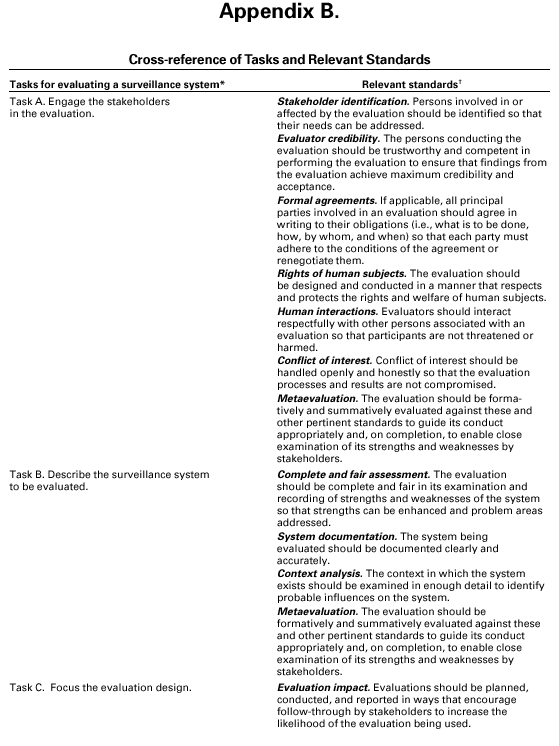
- Whats is use of microwind software pdf#
- Whats is use of microwind software install#
- Whats is use of microwind software driver#
Installers and customers should be aware, for example, that nearby obstructions can have a significant impact.

Whats is use of microwind software driver#
"The economics are going to probably be the best driver in Massachusetts."Ī state like Massachusetts has a good wind resource near the coast, but its hilly and woody terrain means that finding a good site requires some investigation. "You want to be internally honest about your (wind resource) assessments," Shaw said. Industry associations are trying to come up with standard ways of reporting capacity which will help, he added. The Massachusetts state analysis tried to pinpoint the reason for the underperforming turbines and found that installers often worked without sufficiently good information.Īrea wind maps for the region tended to overestimate on average by 10 percent how good the wind was for certain locations, according to Shawn Shaw, an analyst at the Cadmus Group who worked on the study.Īnother problem is the rated capacity-how much electricity a turbine can produce-that manufacturers publish aren't always reliable for extrapolating expected performance, Shaw found. Massachusetts as a whole has only an average wind resource.
Whats is use of microwind software pdf#
(Click for a PDF with slides of the study). Good sites are places with smooth terrain like a field with minimal obstructions, according to the Cadmus Group, a consulting firm that performed the analysis for the Massachusetts Renewable Energy Trust.
Whats is use of microwind software install#
His company will not install a turbine unless it's 30 to 40 feet above any other obstructions, such as buildings and trees. When it comes to optimizing for capturing wind energy, higher is usually better. "It will be like having a sub-woofer in your basement," he said. He doesn't recommend roof-mounted models because of the vibration they cause in a home. Having already installed a few turbines in Massachusetts, Durrenberger offered a few simple rules of thumb on small wind turbines. Southwest Windpower's Skystream, for example, is rated at 1.8 kilowatts with at least 10 mile-per-hour winds, which should offset a large portion of a home's electricity consumption.īut there are many other types, including vertical axis wind turbines, such as Mariah Power's Windspire, where a structure spins on a pole to generate electricity. Most small wind turbines are scaled-down versions of giant utility-scale turbines, which look like a fan with three blades. "But what you feel on the ground has nothing to do with what you have 100 feet up." "One of the challenges as an installer is that everyone has a windy site," said Mark Durrenberger, the president of New England Breeze who also spoke at last week's "small wind" panel. The challenge is finding-and choosing-sites with sufficiently strong wind, particularly in cities. Aerovironment's roof-mounted turbines installed at Boston's Logan airport and other spots, for example, have performed well. The problem is not that the technology doesn't work. With the growing interest in clean energy, dozens of different small wind turbine types have emerged from sources as varied as designer Philippe Starck to Aerovironment, a company with roots in military aircraft. "People just need to take a more critical look and be cautious." "We're certainly disappointed by the performance we've seen to date but we believe there is potential for microwind," Christo said.


Christo spoke on a panel on small wind-defined as less than 10-kilowatt capacity machines-at the Northeast Sustainable Energy Building Energy Conference here last week. The Massachusetts Renewable Energy Trust was "taken aback" at the discrepancy in expected versus actual performance and made changes to its "small wind" rebate program earlier this month to address the issue, said James Christo, a program director from the quasi-public state agency. The Swift wind turbine from Cascade Engineering, one of many new small wind turbines now available or being developed. The analysis is not the final word on small wind generators, but is significant because few states have done similar reviews, say the study's authors. The Massachusetts Renewable Energy Trust commissioned a study last year to review electricity output from 21 small wind turbines in the state and the results were surprising: the data showed that the estimated production was about three times higher than the turbines' actual production. BOSTON-Despite the growing enthusiasm for home wind turbines, an analysis of microwind turbines in Massachusetts found that they fell short of performance expectations.


 0 kommentar(er)
0 kommentar(er)
